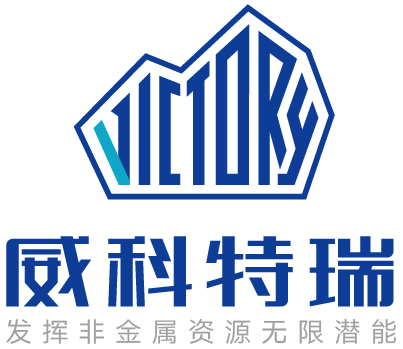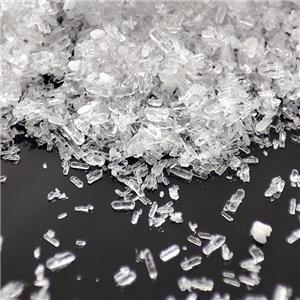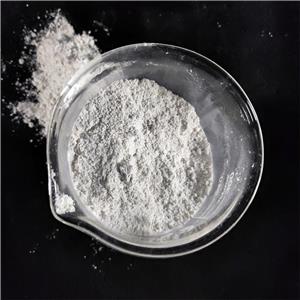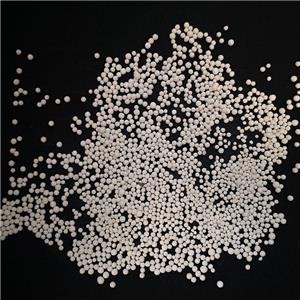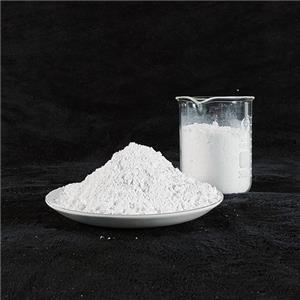Is antimony trioxide a flame retardant?-2
3. Multi-field flame retardant applications and technical adaptation
The flame retardant application of Antimony trioxide for flame retardant covers dozens of industrial categories, and its particle size and purity need to be accurately matched according to the characteristics of the substrate:
A. Plastic and rubber industry
PVC (polyvinyl chloride):
Add 3-8% Antimony trioxide for flame retardant to cable sheaths and artificial leather (fireproof uniforms), combined with chlorinated paraffin, to increase the oxygen index from 22% to more than 35%, passing the UL94 V-0 standard. Flame retardant antimony trioxide powder is especially suitable for wires and cables with high requirements for flexibility, with a tensile strength loss of less than 10%146.
Polyolefin (PP/PE):
Cooperated with decabromodiphenyl ether, used in electronic equipment housings (routers, chargers), and the addition ratio is usually 4% Sb₂O₃ + 12% bromine flame retardant. Ultrafine antimony oxide (1-2μm) can avoid stress cracking caused by excessive particle size136.
Engineering plastics (ABS, PS):
Flame retardant antimony trioxide powder Improve the fireproof level of automotive interior parts (instrument panels, door panels) and home appliance housings. For example, adding 5% of 2μm particle size Sb₂O₃ to ABS, combined with brominated epoxy resin, shortens the burning time to within 3 seconds110.
B. Fibers and textiles
Synthetic fiber flame retardant:
Using ultrafine flame retardant antimony trioxide powder (0.3μm) and hexabromocyclododecane for synergy, it is used for fabrics such as polyester and nylon. Adding 1.5-3% can make curtains and fireproof uniforms pass the GB 8624 B1 standard, while avoiding breakage during the spinning process139.
Coating flame retardant treatment:
Antimony trioxide for flame retardant is dispersed in the resin liquid and impregnated into the fabric, which is used for military tents and stage curtains. When encountering fire, a carbonized layer is formed to block oxygen410.
C. Coatings and building materials
Steel structure fireproof coating:
As a white pigment and flame retardant component (addition amount 15-25%), it is applied to building steel beams in conjunction with chlorinated rubber. It expands and foams in a fire, extending the fire resistance limit of steel components from 15 minutes to 2 hours248.
Flame retardant wood varnish:
Add 5-8% flame retardant antimony trioxide powder to nitrocellulose lacquer, penetrate the pores of wood, and inhibit smoldering210.
Table: Technical parameter optimization table of antimony trioxide in different materials
| Application | Recommended particle size | Halogen synergist type | Typical addition amount | Key performance improvement |
| PVC cable sheath | 1-2 μm | Chlorinated paraffin | 3-5% | Oxygen index ↑50%, flexibility retention rate>90% |
| PP electronic housing | 1-2 μm | Decabromodiphenyl ether | 4-6% | UL94 V-0, impact strength ↓<15% |
| Polyester flame retardant fiber | 0.3 μm | Hexabromocyclododecane | 1.5-3% | LOI≥28%, spinning breakage rate↓30% |
| Steel structure fire retardant coating | 2-5 μm | Chlorinated rubber | 15-25% | Fire resistance ↑400% |
